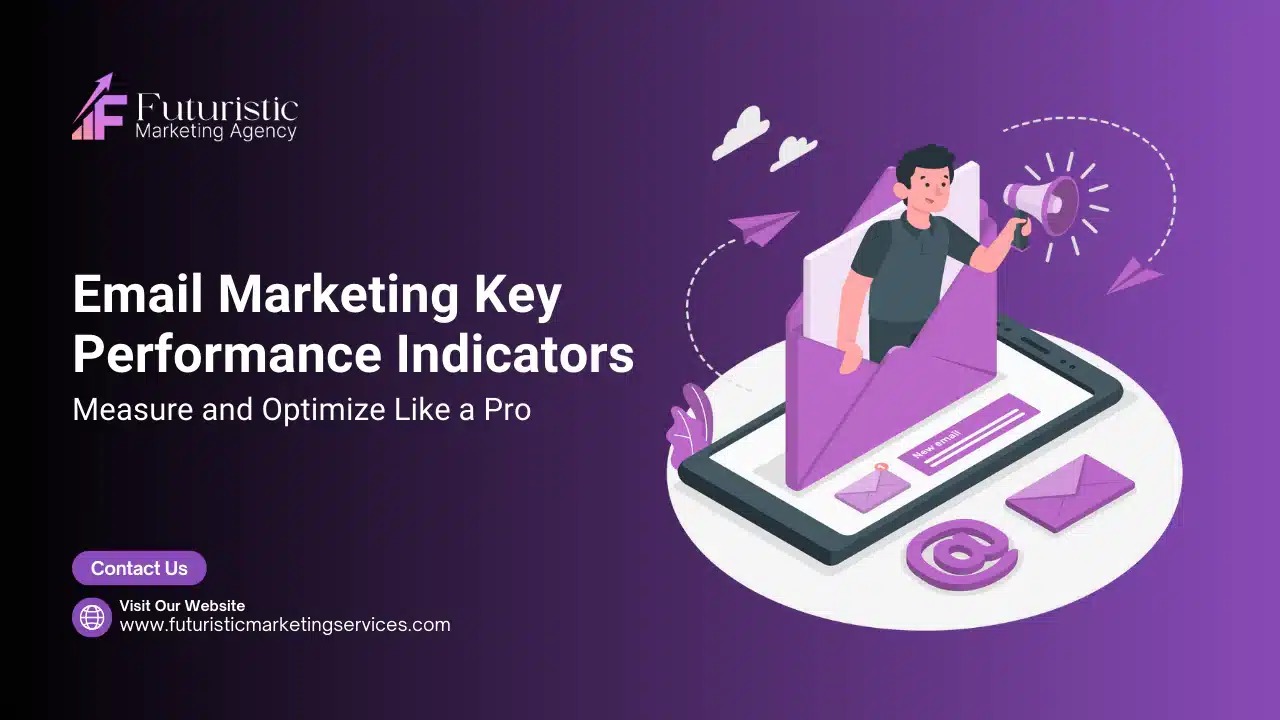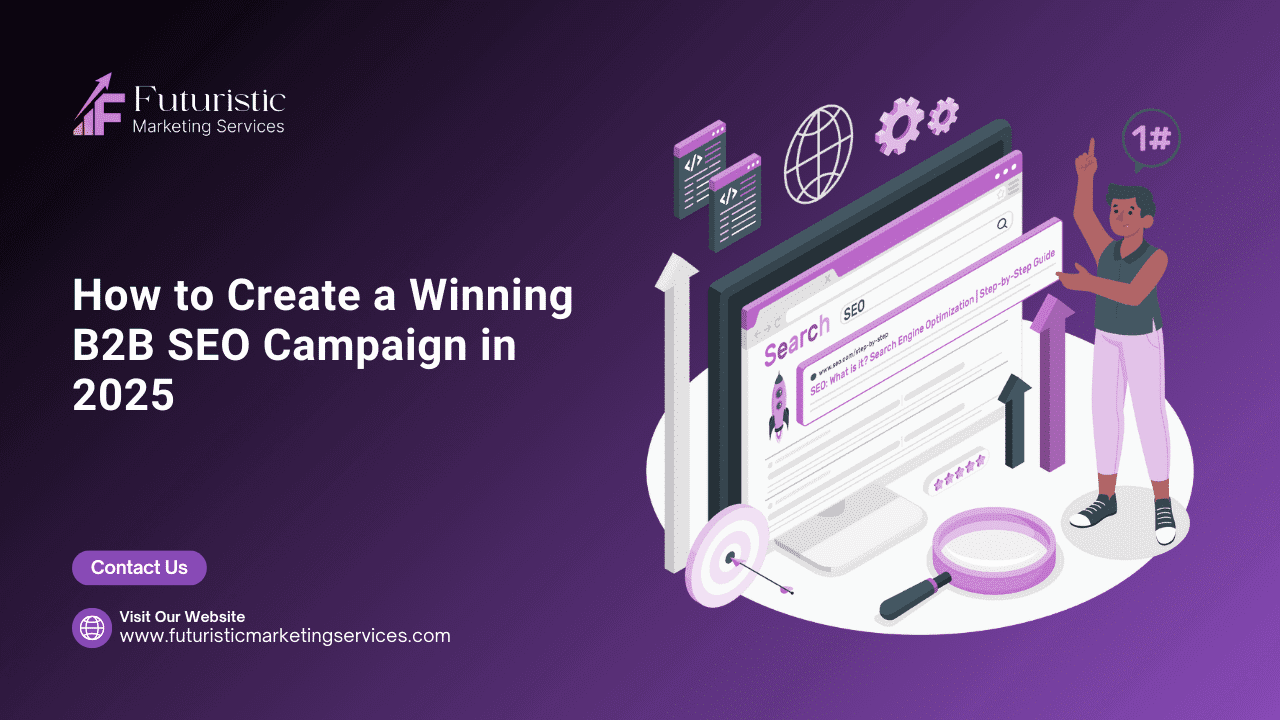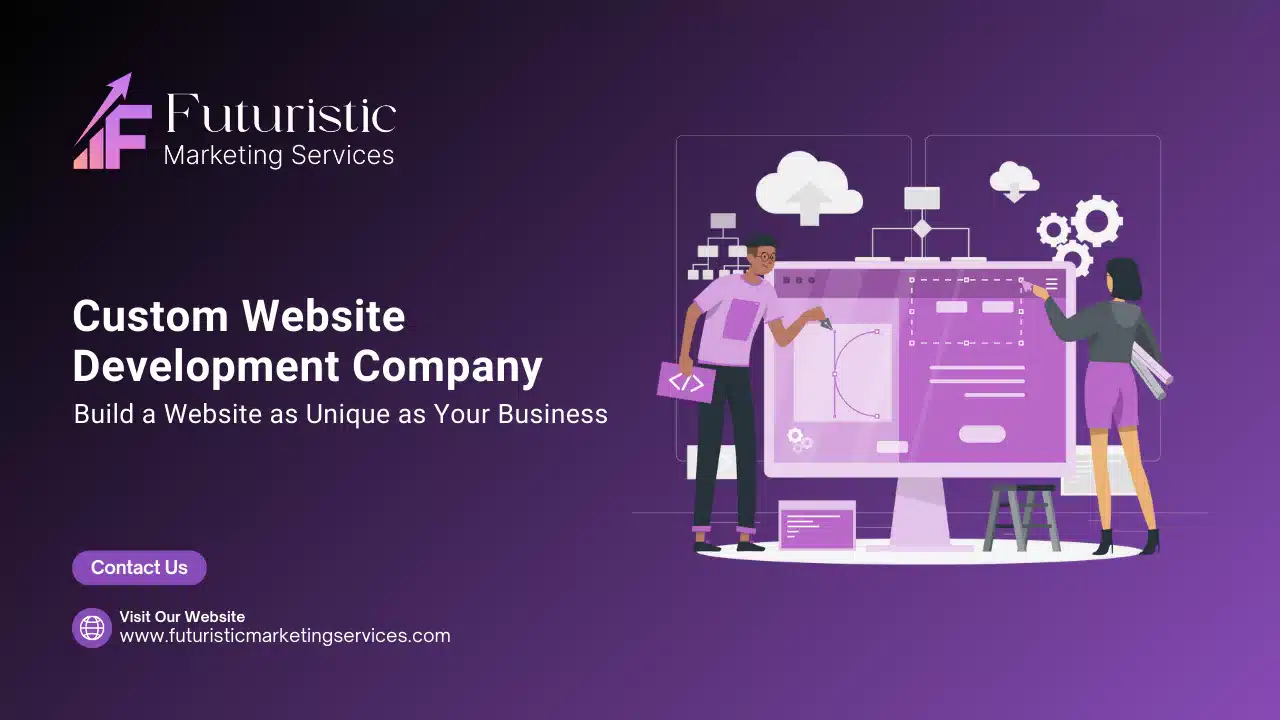Email marketing is one of the most powerful tools for reaching your audience, driving engagement, and boosting sales. But how do you know if your email campaigns are truly successful? This is where Key Performance Indicators (KPIs) come in. By tracking the right metrics, you can gain valuable insights into your campaigns and make data-driven decisions to improve them.
In this blog, we’ll explore the most critical email marketing KPIs, actionable tips to optimize them, and why they matter for your business success.
What Are Email Marketing KPIs?
Email marketing KPIs are metrics that help measure the performance of your email campaigns. These indicators reveal how well your emails are engaging your audience and achieving your marketing goals.
Why Are Email Marketing KPIs Important?
- Track Campaign Success: KPIs help identify what’s working and what isn’t in your campaigns.
- Optimize Performance: They provide data to tweak subject lines, content, or CTAs for better results.
- Drive ROI: Monitoring these metrics ensures that your efforts translate into tangible results.

Essential Email Marketing KPIs to Monitor
1. Open Rate
- Definition: The percentage of recipients who open your email.
- Why It’s Important: Open rates indicate how compelling your subject lines and sender reputation are.
- Optimization Tips:
- Write attention-grabbing subject lines.
- Personalize emails with the recipient’s name.
- Use A/B testing to refine your approach.
Emails with personalized subject lines have a 26% higher open rate compared to generic ones (Campaign Monitor).
2. Click-Through Rate (CTR)
- Definition: The percentage of email recipients who click on a link within the email.
- Why It’s Important: CTR measures engagement and the effectiveness of your content.
- Optimization Tips:
- Add clear and visually appealing CTAs.
- Use actionable language like “Get Started” or “Learn More.”
- Segment your audience for more relevant content.
3. Conversion Rate
- Definition: The percentage of email recipients who complete a desired action, like making a purchase or signing up.
- Why It’s Important: Conversion rate directly reflects the ROI of your campaigns.
- Optimization Tips:
- Simplify the user journey with fewer clicks to complete actions.
- Use urgency-driven CTAs like “Limited Time Offer.”
- Offer incentives like discounts or freebies.
4. Bounce Rate
- Definition: The percentage of emails that fail to deliver to the recipient’s inbox.
- Why It’s Important: A high bounce rate can damage your sender reputation.
- Optimization Tips:
- Regularly clean your email list to remove invalid addresses.
- Use double opt-ins to ensure email accuracy.
- Monitor for hard bounces and remove those addresses immediately.
5. Unsubscribe Rate
- Definition: The percentage of recipients who opt out of your email list.
- Why It’s Important: A high unsubscribe rate signals dissatisfaction with your content or frequency.
- Optimization Tips:
- Reduce email frequency if subscribers feel overwhelmed.
- Offer preference settings so users can choose how often they hear from you.
- Deliver high-value content consistently.

Advanced Email Marketing Metrics
Spam Complaint Rate
Spam complaints hurt your sender reputation and email deliverability. To reduce complaints:
- Send emails to a segmented and engaged audience.
- Ensure compliance with CAN-SPAM and GDPR regulations.
Engagement Over Time
Analyze trends to see how user behavior changes. Consistently provide value to keep your audience engaged.
Device and Email Client Statistics
Monitor the devices and email clients your subscribers use most. Optimize emails for mobile since 46% of email opens occur on smartphones (Litmus).
Best Practices for Improving Email Marketing KPIs
- Monitor Metrics Regularly: Use tools like Google Analytics or HubSpot to track your KPIs.
- Implement A/B Testing: Test subject lines, email copy, and CTAs to find what resonates most with your audience.
- Segment Your Audience: Send personalized content based on user preferences and behaviors.
- Ensure Mobile Optimization: Make sure your emails load quickly and display correctly on all devices.
- Leverage Internal and External Resources: Link your audience to additional valuable resources, such as our guide on marketing automation tools to streamline your campaigns.

Conclusion
Tracking and optimizing email marketing KPIs is essential for a successful campaign. By monitoring metrics like open rate, CTR, and conversion rate, you can make data-driven decisions to improve engagement and ROI.
For more strategies to enhance your digital marketing, check out Futuristic Marketing Services. Start implementing these tips today to see measurable improvements in your email campaigns!









